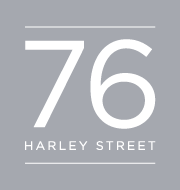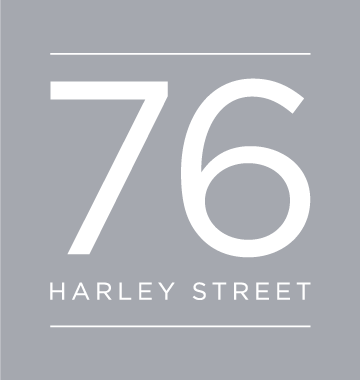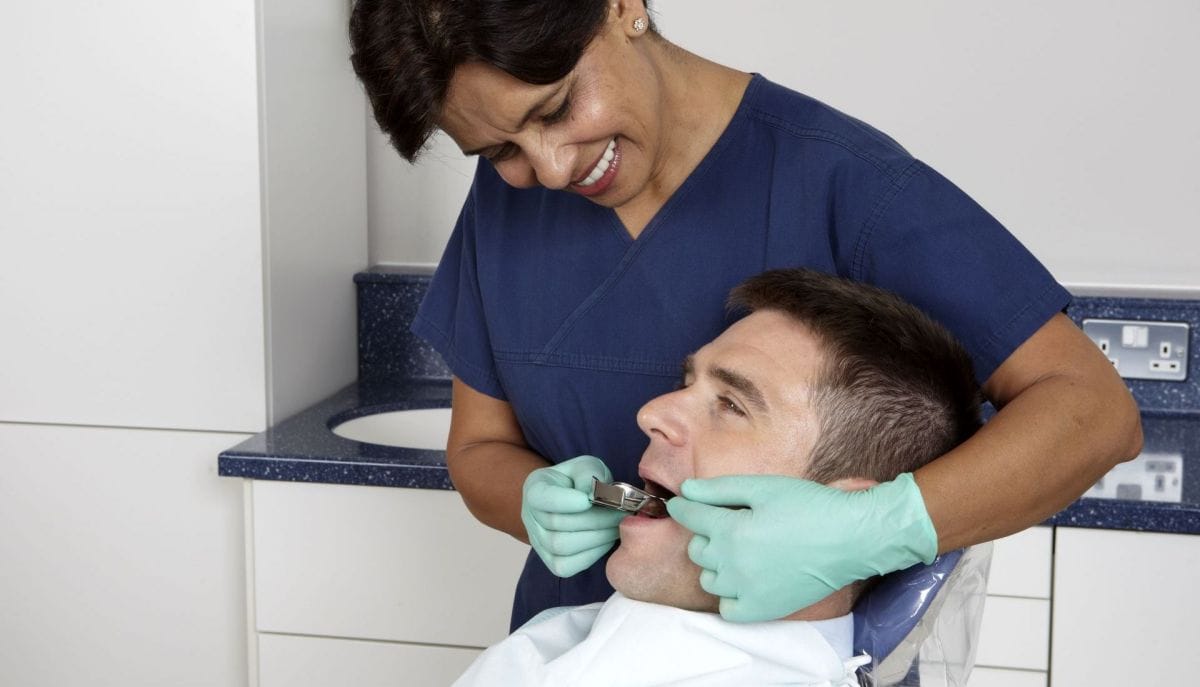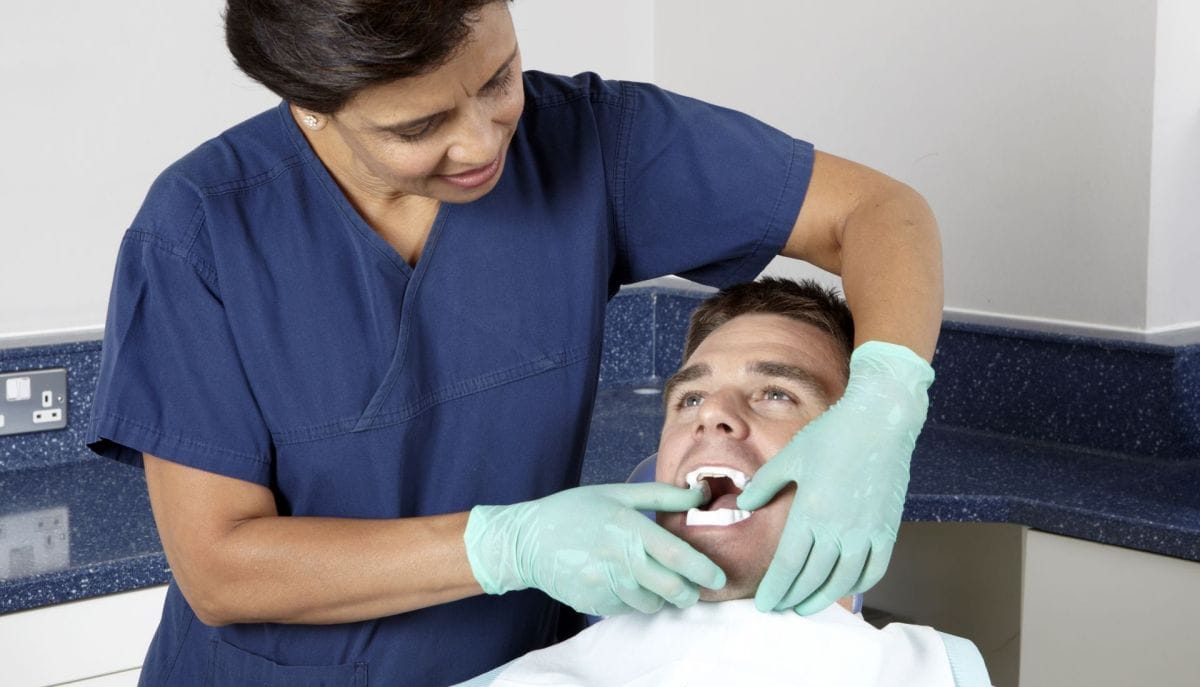Expert Sleep Therapy
Ever thought visiting the dentist for your sleeping disorders could be the answer to your problems? Many patients are unaware that their dentist can offer a range of effective appliances to aid common sleeping disorders. Dr Aditi Desai, the President of the British Society of Dental Sleep Medicine (BSDSM) and an expert in sleep therapy helps treat patients who are suffering with a common condition called sleep apnoea.
Sleep Team
Sleep Medicine FAQs
What is sleep apnoea?
Sleep apnoea is the interruption of breathing that occurs moments after falling asleep, preceded by a period of loud snoring for at least 10 seconds. If this process is repeated 5 times for each hour of sleep it is called Obstructive Sleep Apnoea Syndrome. Obstruction of breathing causes a decrease in oxygen levels in the body that makes it difficult for the person to have a restful sleep and causes tiredness the next morning. In addition, the persistence of this lack of oxygen could lead to pulmonary hypertension and future right-sided heart failure or myocarditis, so it is important to detect it early and perform relevant tests for a safe diagnosis.
What signs and symptoms should I look out for?
The most common symptom of sleep apnea is snoring. However, not everyone who snores has sleep apnea.
Snoring is likely to be a sign of sleep apnea when it is followed by silent breathing pauses and choking or gasping sounds.People with sleep apnea often experience daytime sleepiness or fatigue.
Common symptoms of sleep apnea include:
- Loud or frequent snoring
- Silent pauses in breathing
- Choking or gasping sounds
- Daytime sleepiness or fatigue
- Unrefreshing sleep
- Insomnia
- Morning headaches
- Nocturia (waking during the night to go to the bathroom)
- Difficulty concentrating
- Memory loss
- Decreased sexual desire
- Irritability
How easily do people adapt to mandibular advancement devices?
Most patients adapt to the dental appliance in a few weeks. Long-term problems are rare, but jaw joint problems and unwanted movement of teeth have been reported. For this reason, it is important that there is no evidence of gum disease and/or untreated dental disease.
What is a mandibular advancement device & what does it do?
The main purpose of a mandibular advancement device is to prevent snoring. If the cause of your snoring is restriction of the airway at the back of your throat by the surrounding tissue or the tongue, a mandibular advancement device may be recommended, as it holds the tongue forward, opening the airway and reducing or eliminating snoring.
A mandibular advancement device (MAD) is a gadget that is inserted into the mouth before going to sleep. Most MADs are moulded to fit over the patient’s teeth, with the upper jaw acting as a fixed platform to anchor the device as it holds the lower jaw forward. Most models of mandibular advancement device fit entirely within the mouth.
Can dental appliances help in all sleep disorder cases?
The effectiveness of dental appliances depends on several factors including the severity of the sleep disorder, weight, skeletal factors, airway anatomy and your tolerance of the appliance. Your medical history, as well as cigarette and alcohol consumption, is also relevant.
The appliances are generally prescribed for simple snoring and mild OSA. However, they can also be used to treat moderate to severe obstructive sleep apnoea.
Are there any patients for whom dental appliance therapy may not be appropriate?
These appliances are not appropriate for patients with poorly controlled epilepsy. Patients must have enough teeth in both the upper and lower jaws to hold the appliance in place. At least 8 healthy teeth in each jaw are needed.





